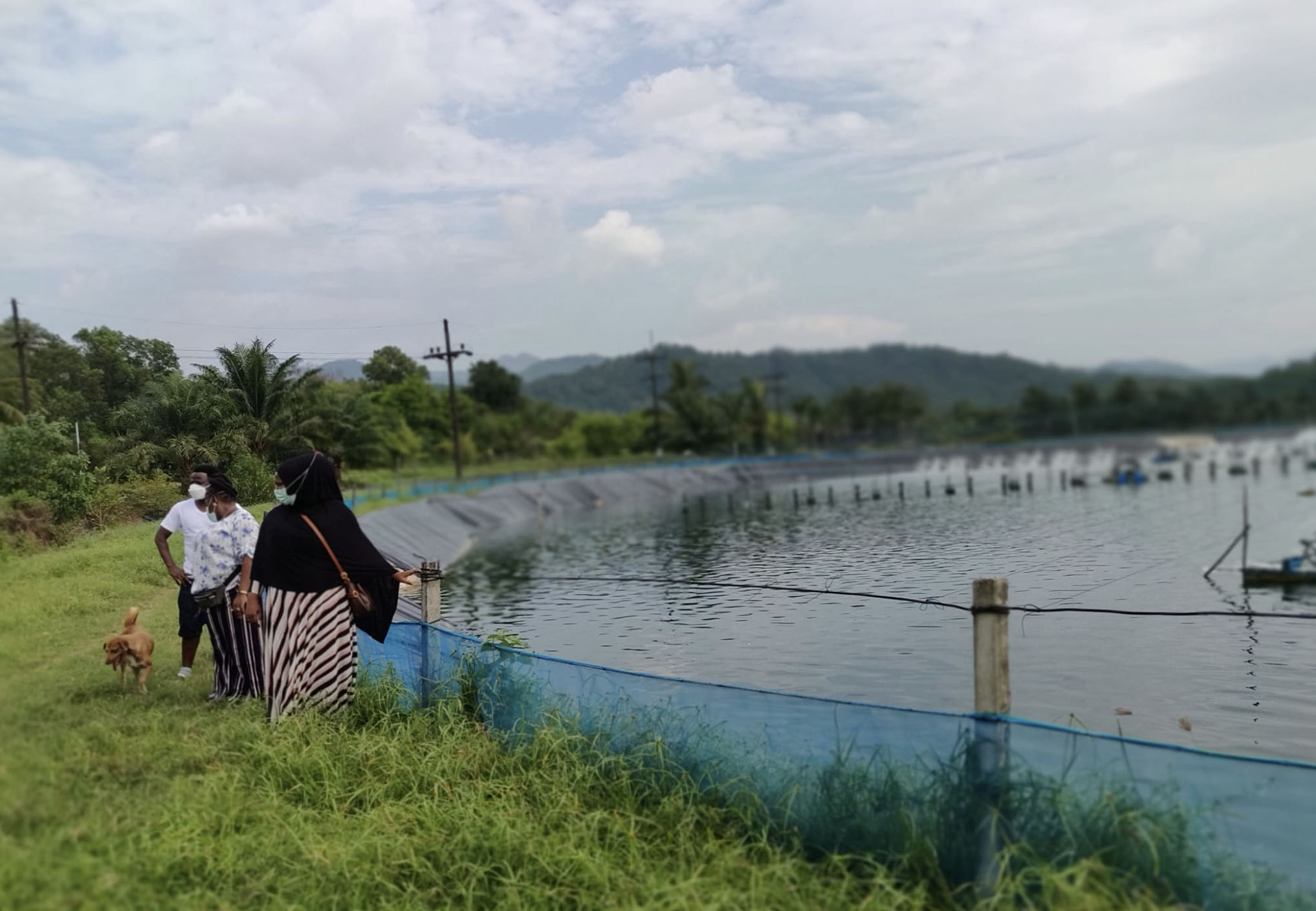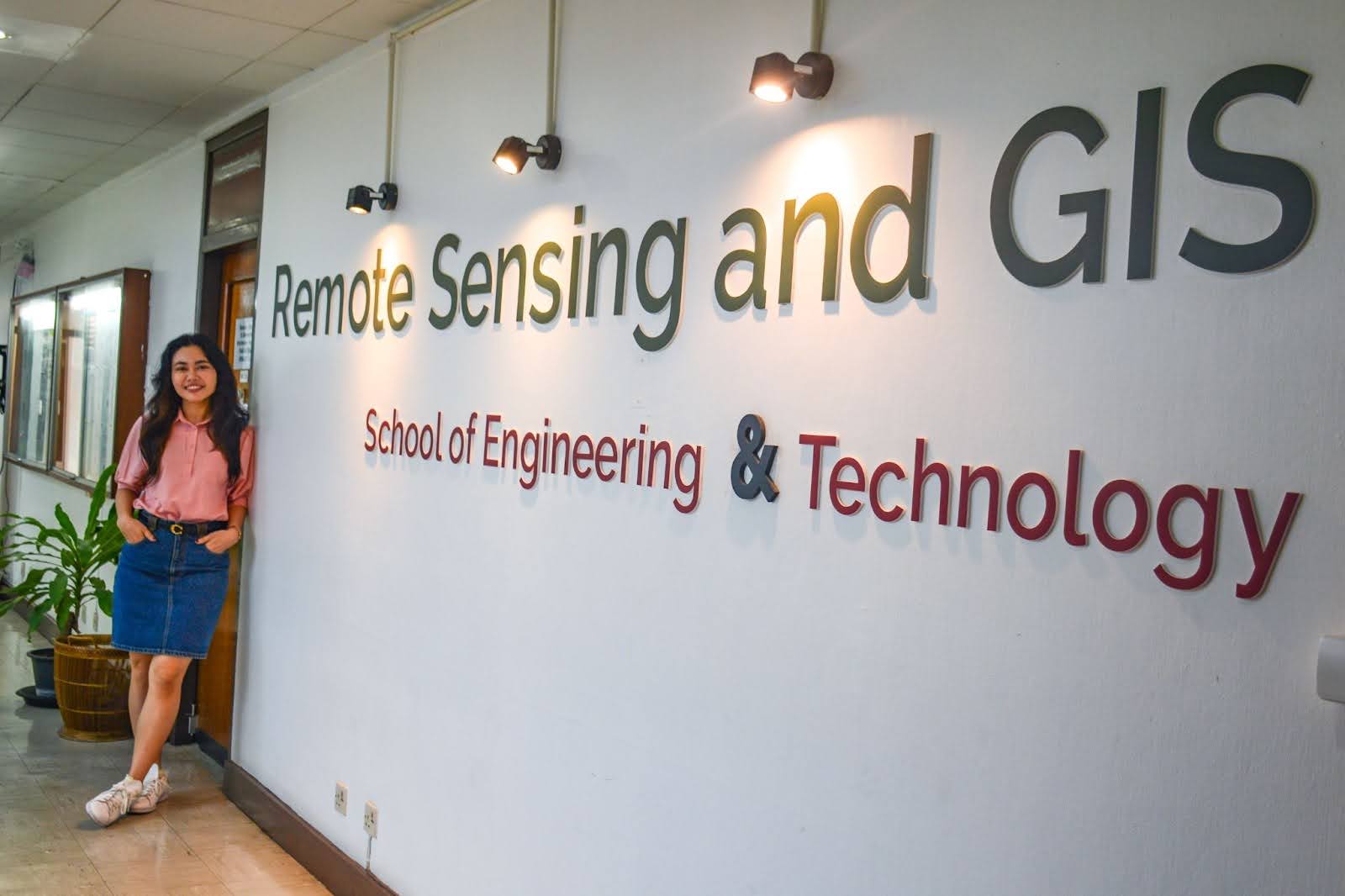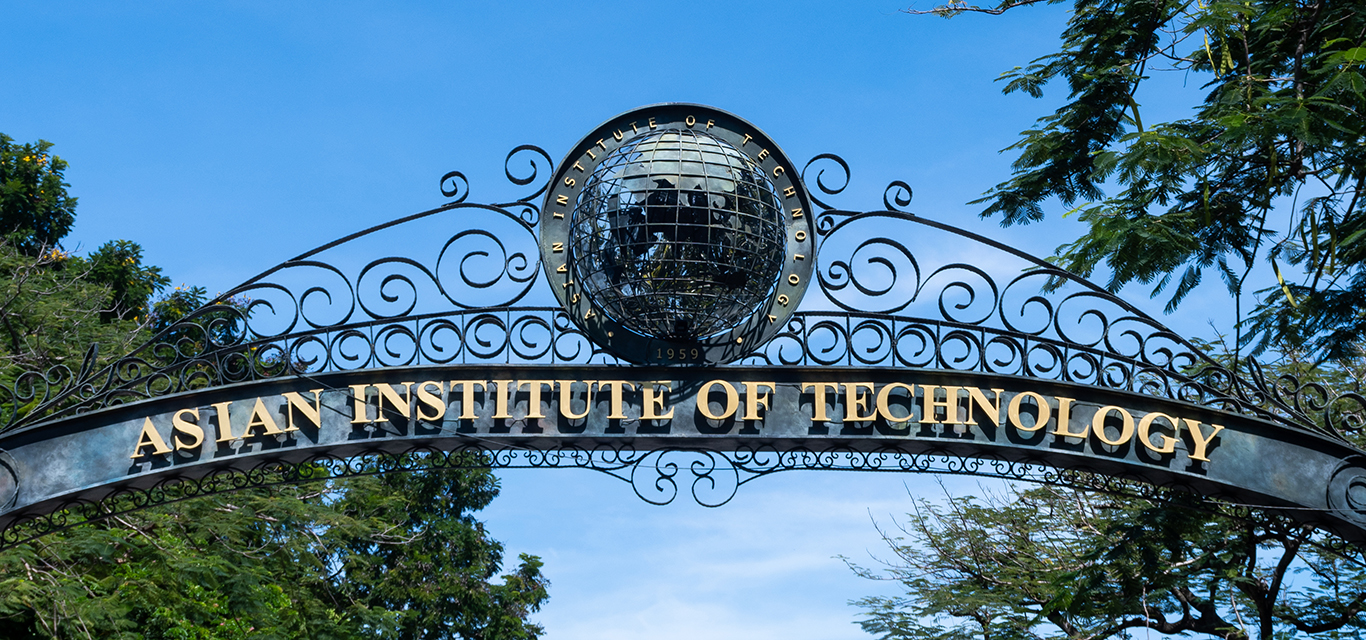BACKGROUND
The fundamental needs to boost productivity, especially of small to medium holders, increase access to markets, reduce risks, boost rural employment, and provide environmental services come in a context where managing the agriculture, livestock, and aquaculture practices are challenged by accelerating climate change, population growth, urbanization, environmental degradation, increased market risk, tightening resource constraints, a growing need for engagement of the private sector in delivering public goods, too-slow progress on raising rural incomes, and too-slow progress on improving nutrition. World food production needs to be multifold in the coming decades, with far fewer resources (land, water, farmers, energy) available than today. Sustainable agricultural production in developing countries is facing ever-increasing challenges from high use rate of synthetic fertilizers, over-reliance on pesticides, very low adoption of biological pest control, the low use rate of animal and green manure, and low level of farm diversification. Similarly, food safety is receiving heightened attention worldwide as the important links between food and health are increasingly recognized. Improving food safety is an essential element of improving food security, which exists when populations have access to sufficient and healthy food. At the same time, as food trade expands throughout the world, food safety has become a shared concern among both developed and developing countries.
MISSION
The mission of the Department of Food, Agriculture, and Bioresources (FAB) is to produce newer generations to strive for solutions to sustainably feed a hungry and growing world. The department provides the foundation for a broad array of research activities, both basic and applied to tackle those challenges in the developing countries by particularly addressing the following issues:
- Meeting the food and nutritional needs of growing urban and rural populations, with changing dietary preferences,
- Increasing sustainable production and productivity through balancing the ecosystems,
- Enhancing resilience to climate change,
- Finding sustainable solutions to the increasing competition for natural resources,
- Chemical residues free food and food safety,
- Developing new technologies and processes for bioeconomy
OUR ACADEMIC PROGRAMS

AgriBusiness Management (ABM)
This program focuses on sustainable processes to enhance the performances of small, medium, and large scale enterprises in the globally competitive agricultural-based industries.
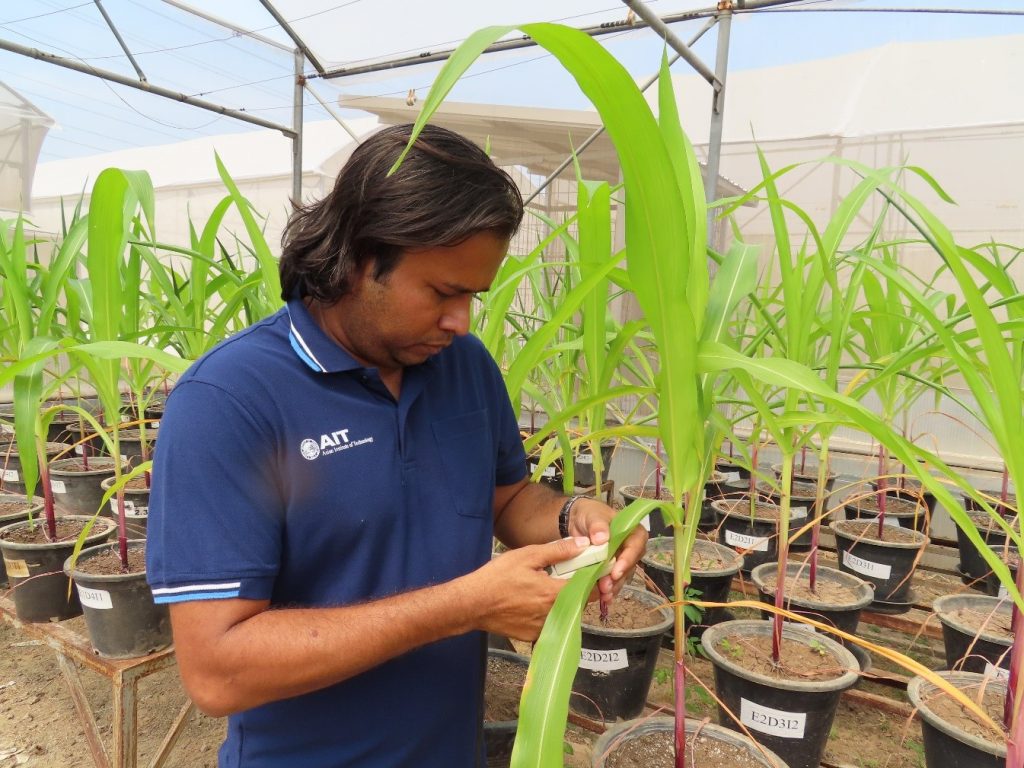
Agriculture Systems and Engineering (ASE)
This program focuses on the utilization and management of biological and agricultural systems and natural resources with specialization in Agriculture Systems and Agriculture Engineering.
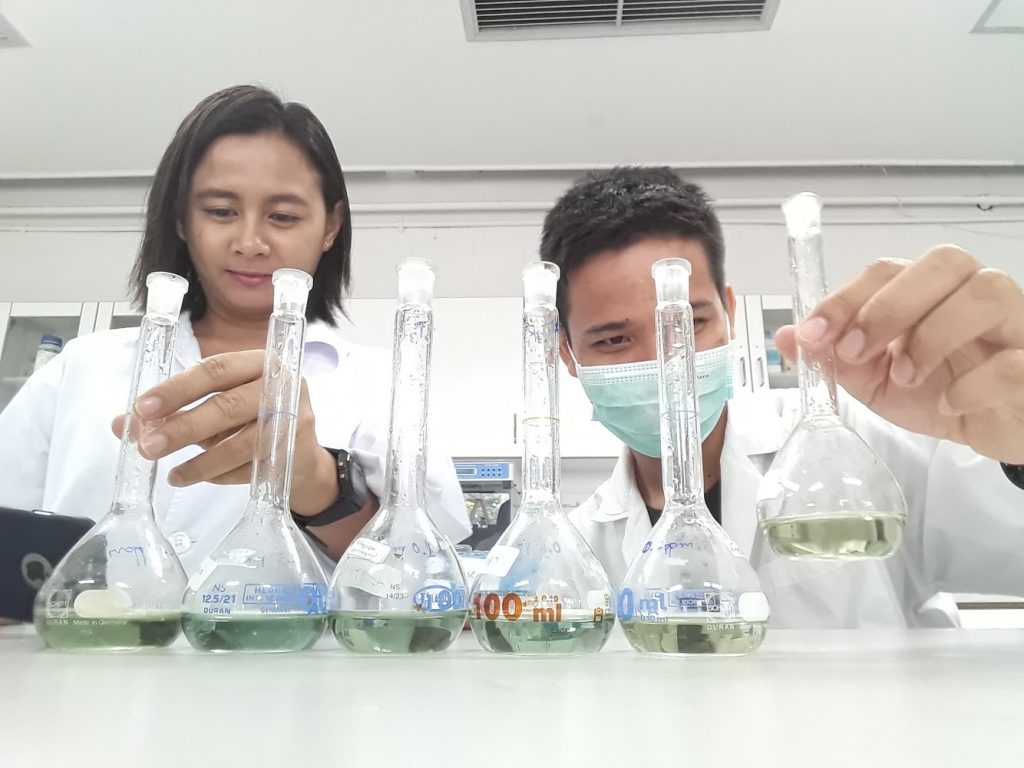
Aquaculture and Aquatic Resources Management (AARM)
This program focuses on intensive aquaculture systems for sustainable production with enhanced benefits with specialization in Aquatic Resources Ecosystem Management, Sustainable Aquaculture Production, Integrated Coastal Management and Aqua Business Management.
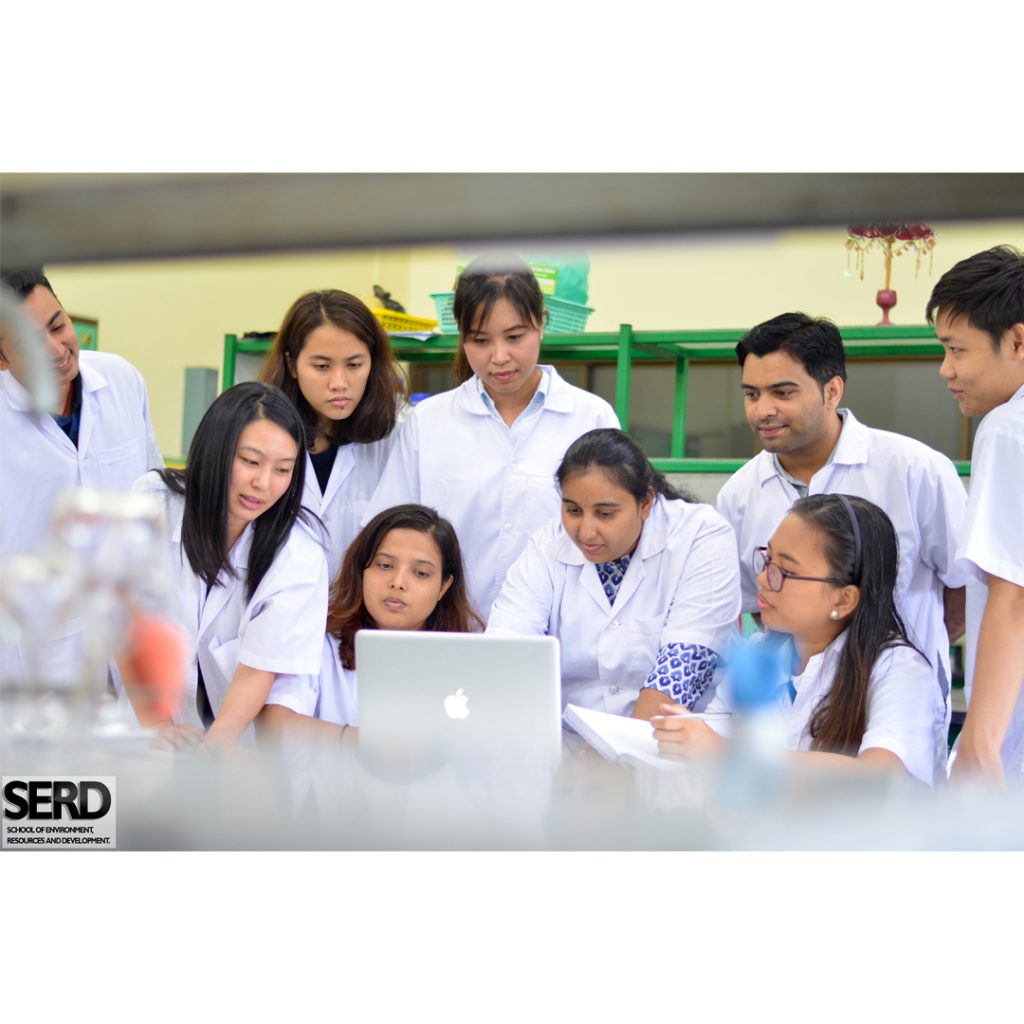
Food Engineering and Bioprocess Technology (FEBT)
This program focuses on the understanding of food and biological materials, their processing, conversion and utilization in sustainable, safer and healthy products, with specialization in Food Process Engineering and Bioprocess Technology.
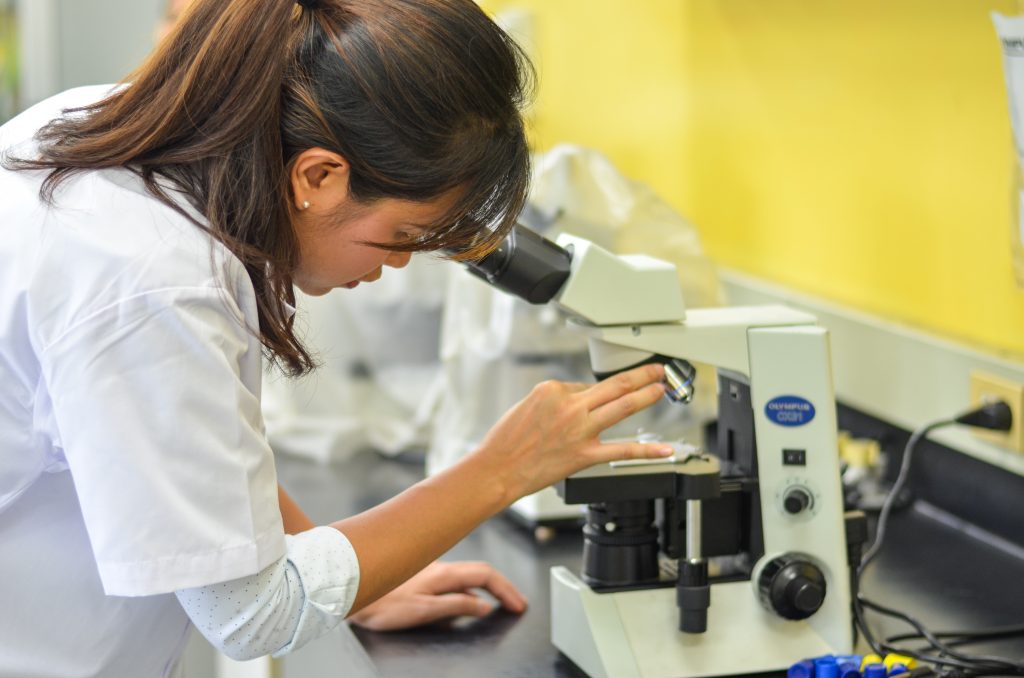
Food Innovation, Nutrition and Health (FINH)
This program focuses particularly upon issues that have not been addressed up to now such as the necessity to maximizing the utilization of resources and to global supply chain strategy and to integrate the food and nutrition security, food safety homogeneously in all the regions.
DEGREES OFFERED IN EACH PROGRAM
- Master of Science (M.Sc.) or Master of Engineering (M. Engg.) (2-year program,1-year program)
- MPhil (2-year program)
- Doctor of Philosophy (P.hD.) Doctor of Technical Science (D.Tech.Sci) or Doctor of Engineering (D. Engg). (Minimum 3 years program)
- Flexible Degree Options (available for ABM, ASE and FINH program)
- Master leading to Doctoral Program (Minimum 5 years program)
- Master in Agribusiness Management (2 years program)
- Certificate degree (1 semester program)
CREDIT REQUIREMENT FOR DEGREE COMPLETION
For master program
(48 credits) with minimum 2.75 CGPA and successful completion of Thesis or Research Study
For the doctoral program
(84 credits) with 12 credit coursework with a minimum of 3.25 CGPA and successful completion of the dissertation and a minimum one publication in a peer-reviewed international journal approved by the Doctoral Program Review Committee (DPRC)
WHERE OUR GRADUATE FIND JOB?

Our graduates are serving in key leadership positions regionally and globally in Governments, industries, and businesses, United Nations Organizations, Multilateral banks, renounced consulting firms, civil society, and NGOs. We prepare work-ready graduates familiar with problems and equipped with knowledge and tools to find solutions.
RESEARCH PROGRAMS
The Department has a very active research program that is done through student research as well as sponsored projects and individually by faculty members. The academic programs of the Department have a long history of research-excellence for decades. The current research program of the Department has several streams. The key streams are mentioned below:
- Sustainable and safer food production such as an environmentally sensitive approach including biopesticides, biofertilizer, organic farming, low external input sustainable agriculture (LEISA), integrated pest management (IPM), etc.
- Climate-smart agriculture / Controlled-environment agriculture and Precision Farming
- Sustainable agricultural mechanization
- Blue growth and exploration of marine for farming of fish, shellfish and marine plants
- Environment-friendly aquaculture production systems for energy, nutrient, and water conservation
- Innovative post-harvest management technologies for food supply/value chain to reduce the food loss and food waste
- Innovative Technologies (Alternative-Emerging Food Processing Technologies, Bio-/edible packaging, Biotechnology, Nutrigenomics, Nanotechnology, etc.)
- Sustainability assessment, social issues and policy intervention on food production systems in Asia and Africa
- Techno-Economic-Agri-environmental systems analysis
- Agribusiness development and sustainable food supply chain systems
Research Area of Excellence
Food Innovation
click here to learn more
